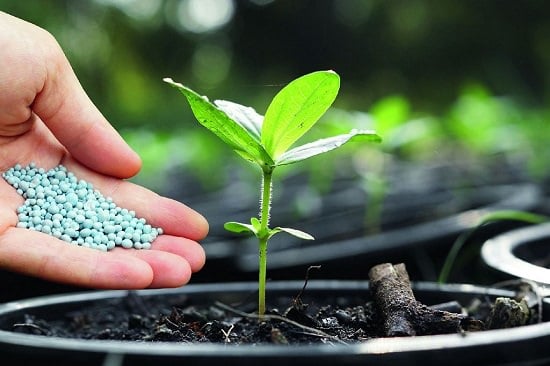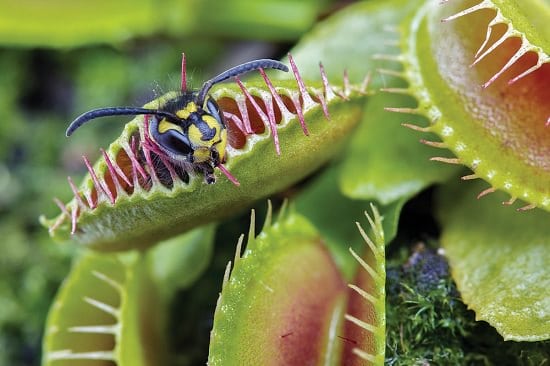Do you ever wonder what do plants eat and from where they get their energy? The answer is very interesting; read this article in detail to find out!
Everything people eat on Earth comes directly or indirectly from plants. For example, fruits, vegetables, or rice come from plants.
If we discuss an example of indirect form, the herbivorous animals we eat, consume a plant-based diet. Therefore, whatever we eat comes from plants, but the question still remains–What do plants eat to grow? The answer is they make their own food! Sounds intriguing? Let’s read about it in detail!
Have a look at homemade plant food for orchids here
__________________________________________________________________
What Do Plants Need to Make Food?
What do you do when you get hungry? You can cook your meal or buy it. But what about plants? How do they prepare their food, and what ingredients they use?
Plants require a few things to make their ‘food’ that are listed below:
1. Chlorophyll
The leaves of the plant get their green color from chlorophyll. It plays a vital role in the process of photosynthesis and changes sunlight into chemical energy.
2. Light

The most essential ingredient for making food in the plant world. It can be natural sunlight or artificial, like LED or fluorescent lights these days.
3. Carbon Dioxide
CO2 is also significant; plants get it through the atmosphere from emissions and what humans and animals exhale.
4. Water
Plants absorb water from their roots. Its main function is to transport nutrients and water in plants.
5. Major and Micro Nutrients
Again, they come from the soil through their roots, just like water.
Once all the ingredients like water, carbon dioxide, and sunlight are combined, they form Glucose (Sugar Molecules) and Oxygen. This glucose is what plants consume to survive, and this process is known as photosynthesis; plants release oxygen in the air, which is the main necessity for human life.
________________________________________________________________________
What Do Plants Eat?
Plants get their energy through Photosynthesis. The ‘meal’ after the process is called Glucose, which is the primary source of their growth. Plants consume glucose and store them in the form of starch for later use.
The Role of Fertilizers

Generally, people have a misconception that fertilizers are food for plants, but the fact is–they are not! They provide extra nourishment to plants for their better growth.
To maintain their growth and health, plants absorb essential nutrients from the soil, and fertilizers help in providing those crucial elements. For the robust growth of plants, they need a rich growing medium, as the lack of key elements in the soil affects plants’ growth. Basically, fertilizers act the same way for plants, as supplements work for the human body.
The Importance of Light
Without an adequate amount of light, plants become weak and fragile. They consume light to survive, and it is their primary source of energy. Only water and fertilizers are not enough, as without a sufficient amount of light, they cannot perform photosynthesis. Therefore, it’s important to provide enough light to plants according to their needs.
_______________________________________________________________________
What Carnivorous Plants Eat?

You may have heard that some plants eat other living organisms! These plants are known as Carnivorous Plants. Though they also perform Photosynthesis, but to get some essential nutrients like nitrogen, phosphorus, potassium, and calcium to thrive, these plants consume tiny insects to derive essential plant elements from them.
_____________________________________________________________
Conclusion
After going through this article, you must now know what plants eat. Plants need water, CO2, and light for photosynthesis to prepare Glucose (their food). You can provide additional nourishment through fertilizers, but not too much, as excess supply can affect the growth negatively.



Until the modern era, people really had no idea what plants ate. In ancient times, early farmers eventually realized that if they spread manure over a field before planting a crop, it made the plants grow better. It was easy for them to assume that plants grew better because they ate what was in the manure. The food provided by the manure made the plants grow better. But it was actually minerals in the manure, like nitrogen, that benefited the plants. So the idea that we are actually feeding plants when we add manure (or fertilizers) to the soil became entrenched, and it survives to this day. Am I right? Don’t we all say we “feed” our plants “plant food”?